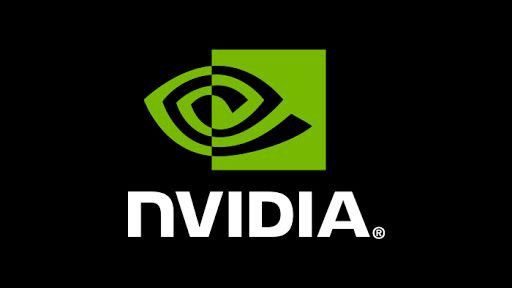In the rapidly evolving technological landscape, NVIDIA has once again positioned itself at the forefront with its recent earnings report for the second quarter ending July 28, 2024. This period marked a significant milestone for the company, showcasing a staggering 122% increase in revenue, reaching $30 billion. The firm stands tall in the AI chip market, demonstrating its prowess and dominance. With AI technology continuously shaping the future, NVIDIA’s achievements not only highlight its innovative capabilities but also its strategic positioning in a competitive market.
NVIDIA’s Financial Triumph
Delving into the specifics, NVIDIA’s financial success story is marked by an impressive earnings per share increase to $0.68, which is a remarkable 168% surge from the previous year. These figures not only surpassed analysts’ projections, which were pegged at $0.64 per share and $28.72 billion in revenue but also solidified NVIDIA’s financial health and its optimistic outlook toward continuous growth and development. The company’s financial performance is a testament to its robust strategy and operational excellence, ensuring its leading position in the competitive landscape of the AI chip industry.
Future Projections and Innovations
Looking ahead, NVIDIA is not resting on its laurels. The company anticipates generating $32.5 billion in revenue for the third quarter. A pivotal element of this projected growth is tied to the upcoming release of its Blackwell chips. This new product line is expected not only to bolster earnings but to further cement NVIDIA’s influential role within the AI chip sector. The announcement of the Blackwell chips has sparked a considerable amount of interest, indicating the potential for a significant impact on the market dynamics and NVIDIA’s competitive edge.
Market Dynamics and Competitive Landscape
However, despite these formidable results and optimistic projections, NVIDIA’s stock experienced a downturn, shedding about 2.10% to $125.61, later tumbling an additional 6.81% in after-hours trading to $116.88. This decline can be attributed to the intensifying competition within the AI chip market. New entrants such as Cerebras, d-Matrix, and Groq are challenging the status quo, while tech giants like Microsoft, Meta, Amazon, Alphabet, and OpenAI are also venturing into developing their own AI chips. This shift portrays a landscape brimming with innovation but also fraught with rivalry, underscoring the need for continuous innovation and strategic foresight.
The competitive pressures are a clear signal that the AI chip market is becoming increasingly saturated and dynamic. Success in this arena requires not just technological innovation but also adaptability and strategic maneuvering. NVIDIA’s ability to anticipate market trends, coupled with its emphasis on research and development, will be crucial in maintaining its competitive advantage and leading position in the market.
Conclusion
In conclusion, NVIDIA’s recent earnings report reflects a company that is not only thriving but also strategically navigating the complexities of the AI chip market. The impressive revenue growth and optimistic future projections underscore NVIDIA’s commitment to innovation and its pivotal role in shaping the future of technology. However, the evolving competitive landscape presents a series of challenges that NVIDIA must address to sustain its market leadership. As the company prepares to launch its Blackwell chips, the industry watches closely, ready to witness how NVIDIA will continue to innovate and adapt in this dynamic technological race.
Overall, NVIDIA’s journey is emblematic of the broader trends in the tech industry, where innovation, competition, and strategic insight combine to drive progress. As the market continues to evolve, NVIDIA’s endeavors will undoubtedly remain a significant point of interest for stakeholders and enthusiasts alike, marking another chapter in the unfolding narrative of technological advancement.
